Introduction
With the developments of CAD/CAM and Rapid Prototyping technologies in digital dentistry, there have been various attempts to introduce the 3D
printer in the area of orthodontic treatment. The 3D printer in an orthodontic office can be used to make a diagnostic model, a bracket transfer tray for indirect
bonding, a temporary splint, and mainly, a digital clear aligner. The digital clear aligner is one of the most favored orthodontic methods opted for by adult patients.
However, the use of the clear aligner is associated with various clinical challenges. Due to the structural characteristics of the aligner, it is not easy to make proper
posterior occlusion and specific types of tooth movement, including extrusion, rotation, and tip, which makes the treatment time become longer. Moreover,
making clear aligners with the 3D printer is a tiresome, annoying, and time-consuming process. To overcome those limitations of digital clear aligner treatment,
we have developed a fully customized bracket manufacturing method for an individual patient with direct 3D resin printing in the office for efficient and precise
digital orthodontic treatment. The primary advantage of the direct manufacture of an orthodontic bracket by the 3D printer is that the shape or size of the bracket
can be modified almost limitlessly. If necessary, the number, location, and shape of slots can also be changed as much as required. More efficient tooth movement
is possible, and further, adjustment by wire bending can be minimized. A new protocol for direct 3D printing of orthodontic brackets will help perform digital
orthodontics more efficiently and accurately. It is expected that an appropriate combination of two strands of light round wire and the 3D-printed bracket whose design
can readily be changed by the practitioner's treatment strategy will provide an infinite potential for orthodontic biomechanics.

